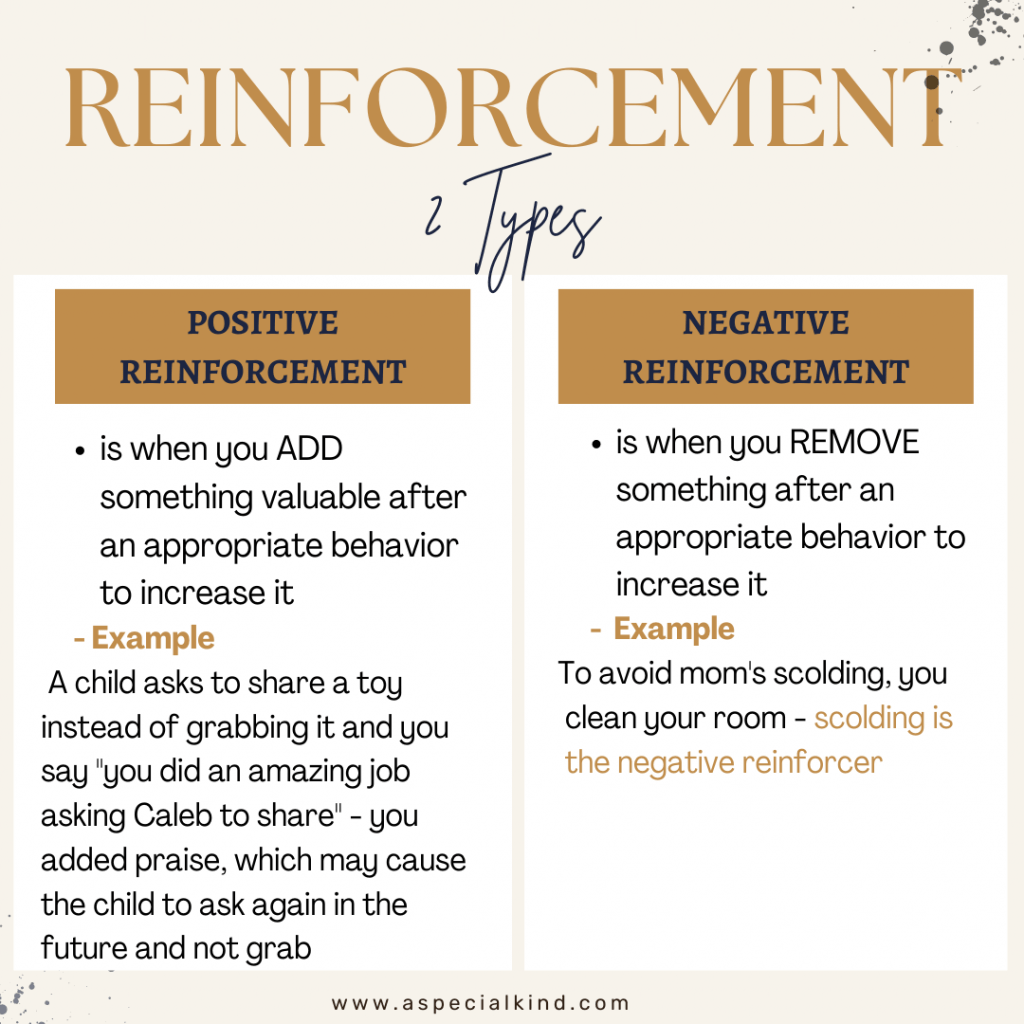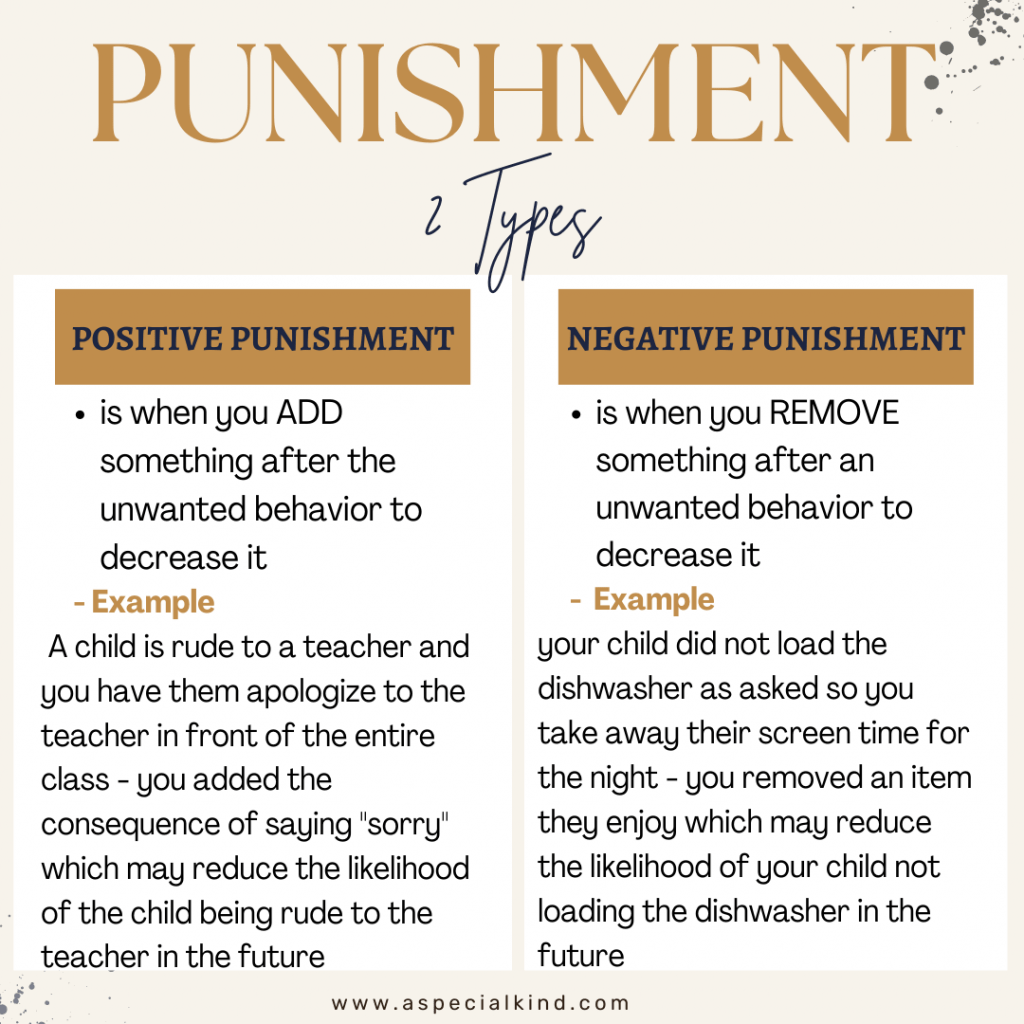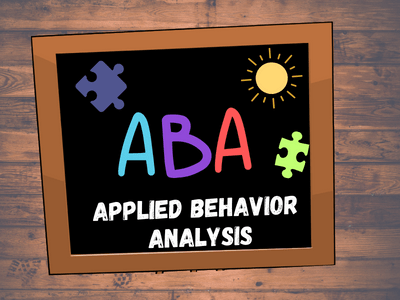5 Terms in ABA Every Parent Needs to Know
If you’re a parent of a child with autism, it’s likely that you’ve encountered ABA therapy. Applied Behavior Analysis (ABA) is the scientific study of behavior and how it is affected by the environment. It is an evidence-based approach to understanding how individuals learn and how their environment can be altered to bring about positive and lasting behavior change and is considered one of the most effective therapy solutions for children on the autism spectrum. Oftentimes parents are clueless as to what happens in these therapy sessions and what the terms even mean, like I was when after our son was diagnosed, so we have put together a list of five of the most used terms in ABA every parent needs to know.
1. Mand
A mand is a request. It can be a request to gain access to something or someone or it can be a request to remove/stop something deemed to be undesirable to the individual.
Mands are one of the earliest forms of communication developed during infancy to satisfy an immediate need. Babies cry to communicate the need for food, to be held, the removal of a wet/soiled diaper, etc. Mands are also the building blocks for other forms of communication skills such as pointing, labeling, and object identification. For a request to be labeled as a mand, motivation to access that item has to be present otherwise, they are simply labeling the item.
Mands in children with autism who are non-speaking can involve, hand-leading, gesturing, looking at the item, or crying. Mands are one of the first things your child will be taught if they enter ABA therapy as manding is essential to getting your needs met in an appropriate way and can lead to many other forms of language once mastered.
2. Reinforcement
Reinforcement is a consequence that follows a behavior that increases the likelihood of that behavior happening again in the future. In ABA, reinforcement is used in all aspects of behavior modification to strengthen behaviors we want to see more of. It is used in programming and is given ‘freely’ once therapy begins to encourage behavior. Reinforcement can include anything a child likes (e.g. candy, iPad, praise, attention, video games, etc).

3. Reinforcer
A reinforcer is anything used to increase the chance of an appropriate behavior happening again. Reinforcers can be tangible items such as iPads, food, or a toy, or intangible such as praise and are used during reinforcement in ABA.
4. Punishment
Punishment is a consequence that follows an undesirable behavior that reduces the likelihood of that behavior happening again in the future. In ABA, punishment is always used as a last resort after all other options to reduce the undesirable behavior have failed.
Reinforcement for appropriate behaviors should be implemented before punishment is ever introduced. Punishment should also be used in conjunction with reinforcement to reduce any adverse effects of the punishment procedure being used.

Punishment is typically used for behaviors that negatively interfere with someone’s daily life or behaviors that are harmful to the person or dangerous to those around them. Whatever you add or remove should be significant enough to make the person want to stop the unwanted behavior.
5. Extinction
Extinction is a procedure used to reduce and eventually stop undesirable behavior. Extinction is implemented by eliminating reinforcers that maintain or strengthen the behavior you want to get rid of. It is important to note that the behavior you are trying to get rid of usually increases and often gets worse during the early stages of implementing extinction. This is known as an Extinction Burst. Continue to follow your extinction plan consistently, and this ‘burst’ will taper off and the target behavior should start to decrease over time.
Knowing these five terms will put you on the right track to understanding the what, how and why of your child’s therapy or IEP goals. They will also help you support your child at home to assist with the generalization of skills.









